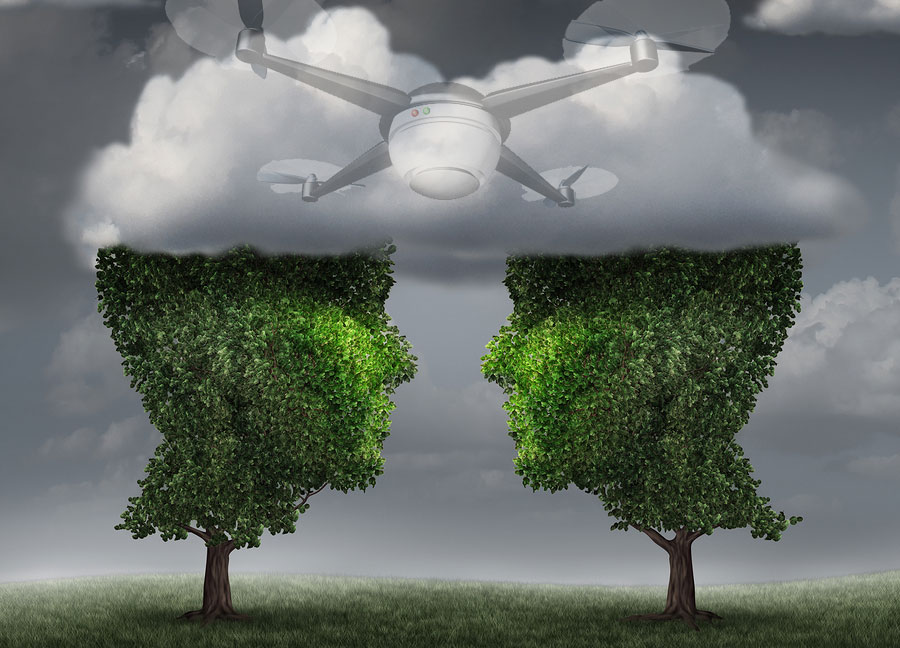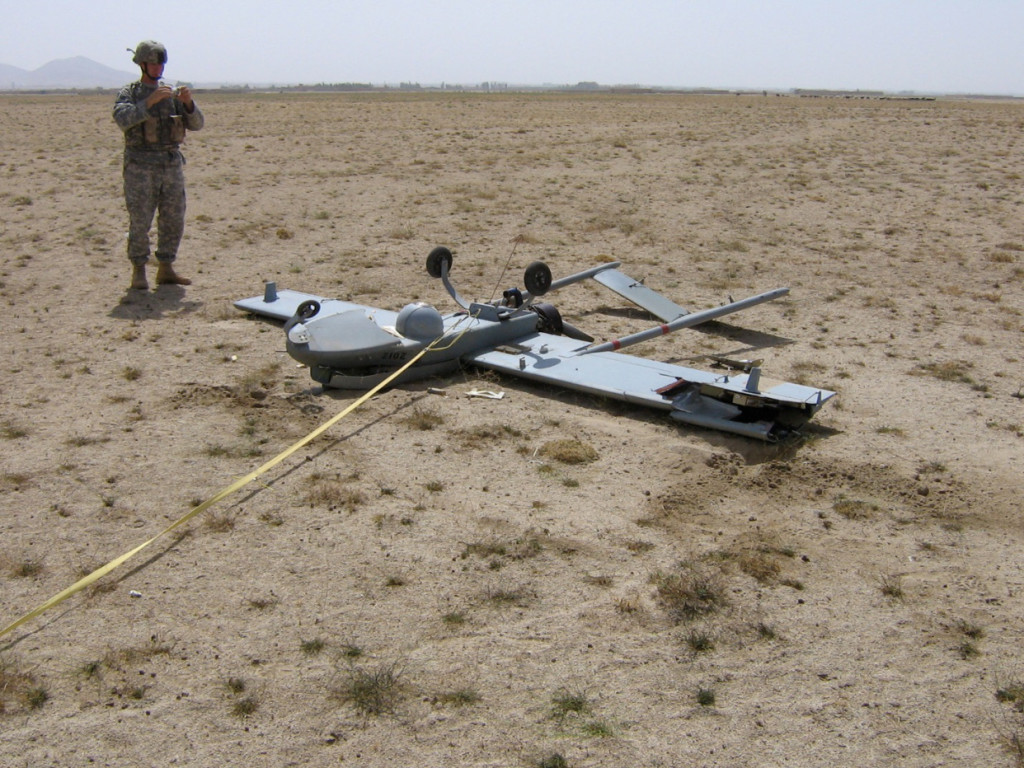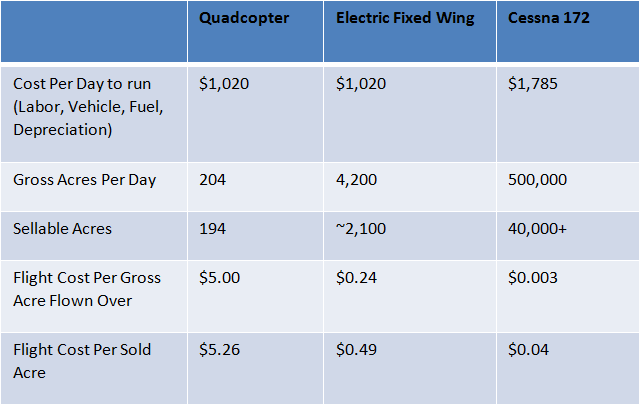
Robohub.org
Is all the hype about drone commercialization clouding our judgement?
 The hype around the consumer drone industry is so thick that it clouds our judgement. It is as if our biggest boosters have forgotten what our technology stack really does, what it doesn’t do, and what it should do.
The hype around the consumer drone industry is so thick that it clouds our judgement. It is as if our biggest boosters have forgotten what our technology stack really does, what it doesn’t do, and what it should do.
When we believe our own inflated hype, we are not developing applications that can help people today! We beat our heads on inappropriate regulatory pathways and meanwhile huge opportunities are sitting unexploited because our thinking about the ‘drone revolution’ is muddled. I hope this article will at least point to an approach path for people who want to think seriously and carefully the capability of our industry.
Drone is a distinction without a difference
Calling our industry the unmanned aerial systems (UAS) or drone industry is the first disservice we do to clear thinking. This creates the false impression that our technology is about removing pilots or labor. Drone solutions almost invariably use more labor than comparable ‘manned’ solutions even if the labor isn’t on the aircraft. This was absolutely true of my platoon in Afghanistan, where I led the first RQ-7 “Shadow” platoon, and remains true in a variety of other applications as well.
More importantly, though, it obscures what’s really happening in the industry. What we are actually building is networked aircraft. That’s horrible marketing but super exciting—way more exciting than just plain drones! It means that remotely- , autonomously- , optionally-, or just plain-old-piloting an aircraft is an application that is running on the network node. You determine which application(s) to run based on the business case for that node, but piloting isn’t the only application you can run; you can run communications, networking, storage, processing, sensing, or robotic applications from the node. Moore’s law has come to aviation!
Thinking about networked aircraft
One lesson our industry hasn’t absorbed is that Software/Infrastructure as a Service – SaaS has been eating on-premises tech solutions since before drones were anything more than defense projects . Drones are not the peace dividend of the smartphone wars—although it sounds great when Chris Anderson says they are. Smartphones are dividend of the smartphone wars. Everyone already has one and they run client/server SaaS applications. Wherever that model will work, it prevails, for all the reasons you use Uber and Gmail and not on-premises solutions. But running your own drone is worse than running your own server because crashes are literal.

Shiny object syndrome disrespects the value legacy solutions in applications where they are superior
By lumping all drone tech together we conflate networked aircraft capabilities with other technologies that are commonly associated, like electric propulsion. Electric propulsion is cool and it’s getting better, but it isn’t on a Moore’s Law trajectory. This conflation of networking other stuff with drones leads to all sorts of inappropriate ideas about what electric drones will do soon, for example long distance cargo transport and agricultural mapping.
Small electric aircraft are a really powerful substitute for ladders, cranes, booms, dollies, and a variety of other inspection/video positioning equipment. For inspection, photography, and videography applications they are clearly a really great tool to reduce the cost of putting a camera in the air over the photographer or in proximity to a tall object. However, when you need to cover ground on the scale of agriculture or civil mapping, they don’t even come close to the right economics. You need something that flies high and fast.

The data above comes from public claims of electric drone companies for quadcopters and electric fixed-wings. I’ve tried to use the most favorable claim I know of from any company, but I’m showing my math here so you can plug in what you think if you know different numbers. I’ve included actual TerrAvion performance in the Cessna 172 column. You can halve the cost and double the acres collected and you still don’t touch a Cessna.
Electric drone collection is more costly than TerrAvion’s published rates for our OverView aerial data subscription. OverView includes not only collection, but processing, transmission to the cloud, delivery software, analytics, long-term data storage, API access, training and support, incentives to channel partners who help take action on the data, calibration by a PhD sensor physicist, and annual sensor upgrades.
What we’re doing—turning tens of thousands of acres a night around at four different locations around the world—wouldn’t be possible without the networked aircraft technology stack. A Linux server in a Cessna enables remarkable things, but most importantly, it makes it markedly cheaper and easier for growers to use imagery to control their operations. This means that hundreds of farms are easier to run and more profitable, and soon, thousands and thousands more will be too. This may not have all the sex appeal that combat drone flights do, but it certainly has a much more positive impact on the world we live in. Someday I’d love to switch the Cessna out for a civilian Scan Eagle VIII or whatever Boeing is building in 2025, but that’s not the important part. The important part is connecting the grower to actionable sensor data.
I hope you’ll join me in thinking about how we can apply “drone” technology where it really makes an impact on all our world, even, or especially, if it doesn’t look like what people think of when they think drone.
tags: c-Aerial, cx-Business-Finance, drone commercialization, drones, UAVs




